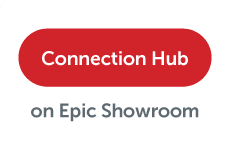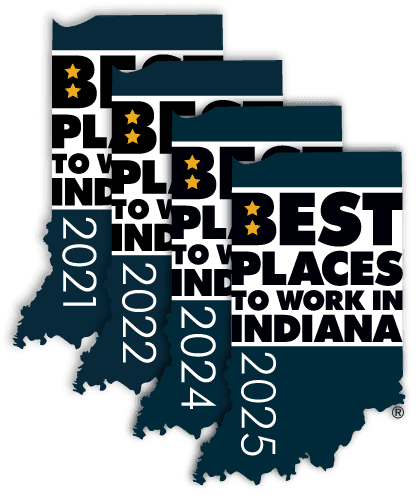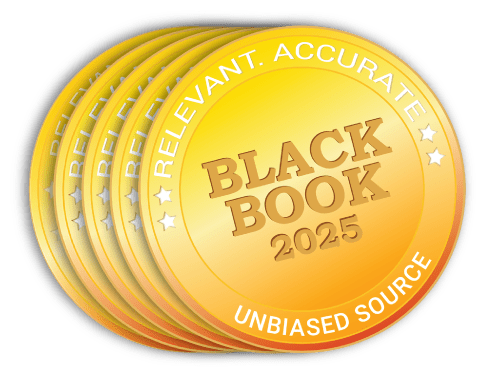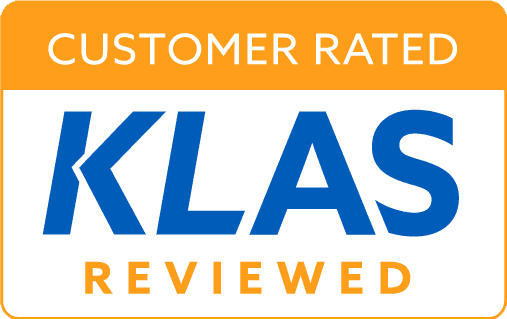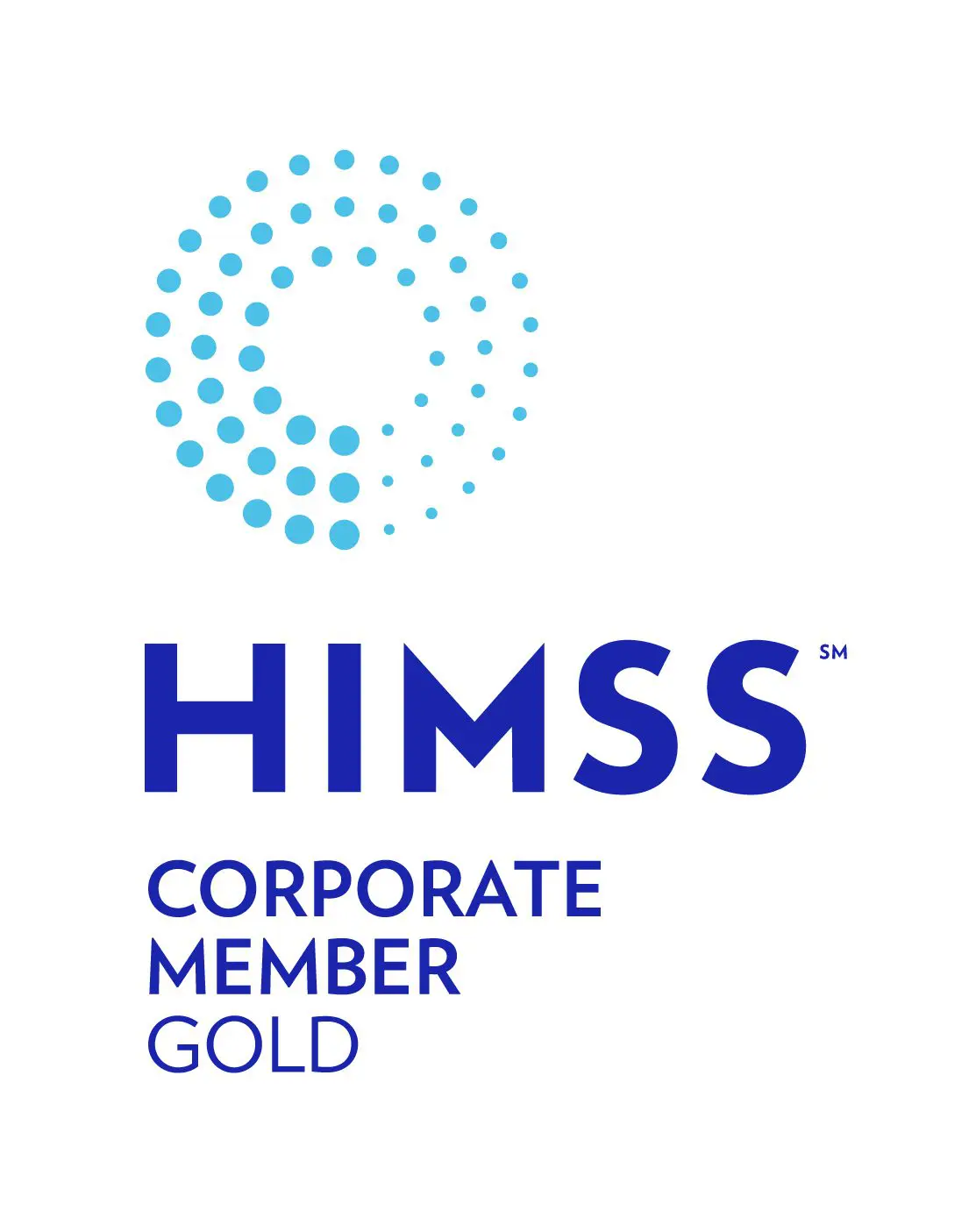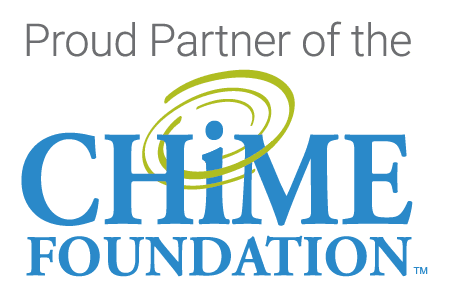
About 30 percent of physician practices are replacing their current EHR by 2021 because they want to customize their system to best meet their needs, according to a Black Book Research Report.
The landscape for the ambulatory practice is changing.
Outpatient practices need EHRs that have evolved to deliver the technology tools to support the increased expectations for value-based care.
Outpatient procedures are on the rise and there is an increased focus on providing more care in an ambulatory setting. In fact, by 2030, annual total hip and knee joint replacements are expected to grow from $1M to $4M and 45% of these procedures could be outpatient by 2025. Read more here.
One reason for this growth is because physicians and health systems have become more advanced around understanding the health risks associated with their patients. Meaning they are much more willing to direct lower-risk patients who require a surgery to an ambulatory surgery setting, when previously these would have been done in an inpatient hospital setting or even an outpatient surgery setting at a hospital.
While the ambulatory IT market was reported at $2.7 billion in 2016 and growing at a CAGR of 5.5% during the forecast period of 2017 to 2024, according to Data Bridge Market Research, budget constraints continue to be a top concern .
One area where costs can be cut is in the management of the legacy application portfolio. By minimizing the volume of legacy EMR, ERP, GL, Accounting or HR/Payroll applications and infrastructures; maintenance contract costs can be saved, technical risk mitigated and labor burden reduced.
HealthData Archiver®® is a long-term, HIPAA-Compliant ERP data storage solution for healthcare providers in both inpatient and outpatient care settings. A solution particularly well-suited for organizations in merger and acquisition mode or replacing their current EHR, Health Data Archiver consolidates multiple data sources and domains. This allows for ongoing access to the complete patient narrative no matter where in the health system a patient was seen.
At Harmony Healthcare IT, we agree that optimization should focus not just on technology but on change management with one key question to consider: “How does an information system impact patients and clinicians and support quality outcomes and patient care?”
Our clients are taking important steps forward to shore up their legacy clinical, ERP and revenue cycle systems with a reliable archive that ensures crucial data is available wherever, whenever and however it’s needed. By this, we mean that legacy patient or employee data is accessed from within the current EHR or ERP through Active Directory Single Sign-On (SSO), or, it is accessed in a variety of formats like JSON, CCD, CDA, HL7, CSV or others. Once this data is available in a useful format, it can be accessed as required in population health, research or health information exchange environments. The options for tapping into legacy data are endless, including, perhaps, on-demand ADT queries or other creative options that meet workflow demands at a particular facility.
Is your practice ready to optimize its IT budget by addressing legacy applications?
Editor’s Note: This blog includes some content that originally was posted on April 7, 2017.
